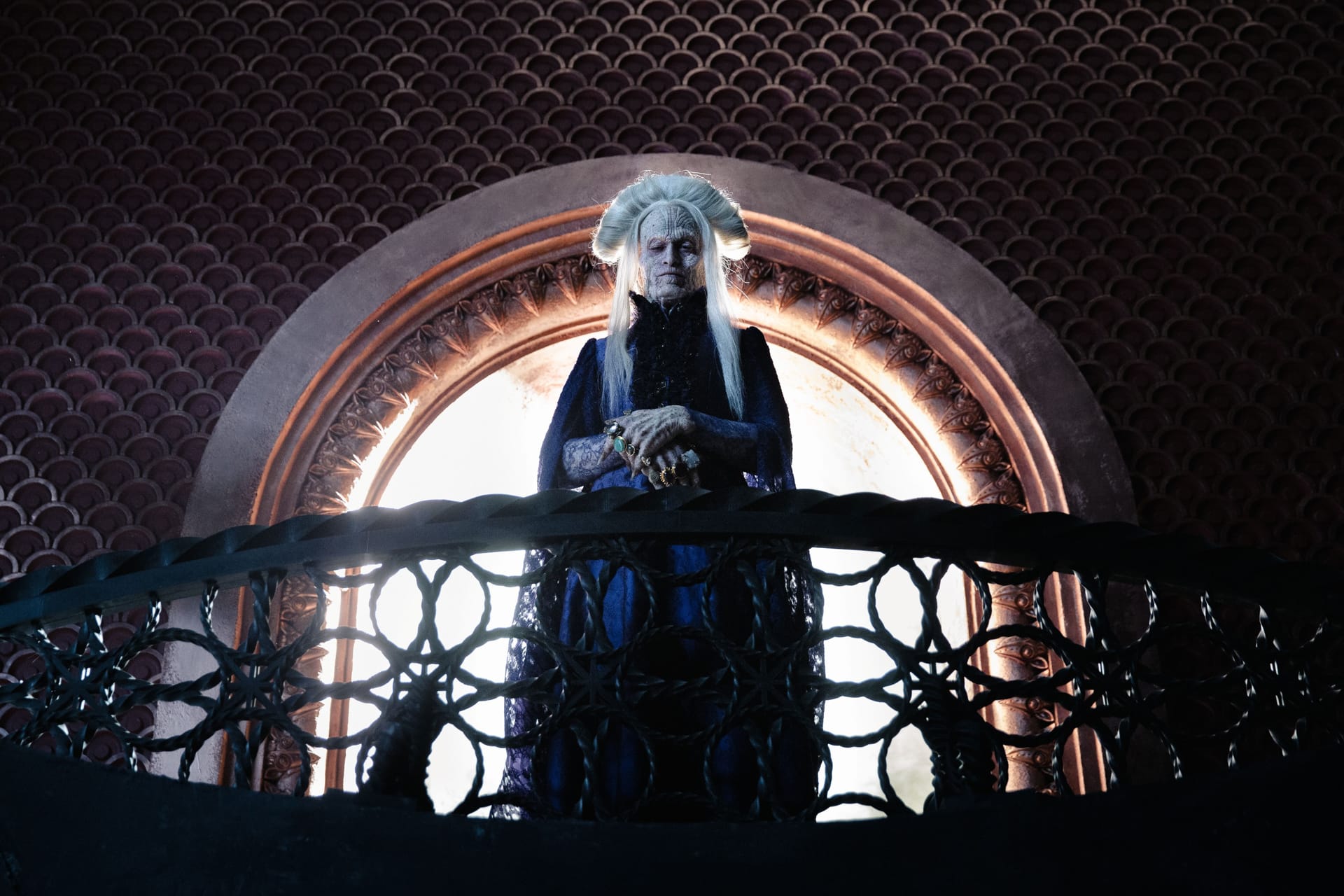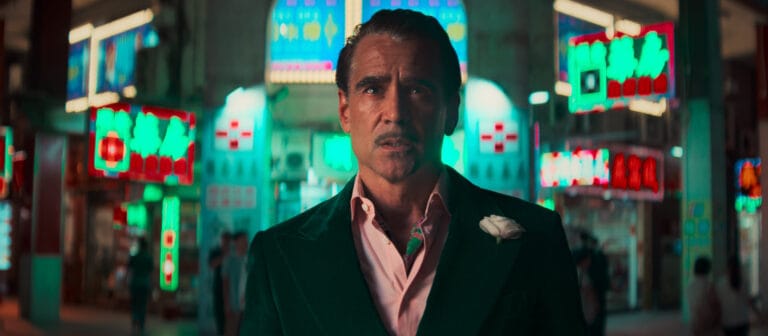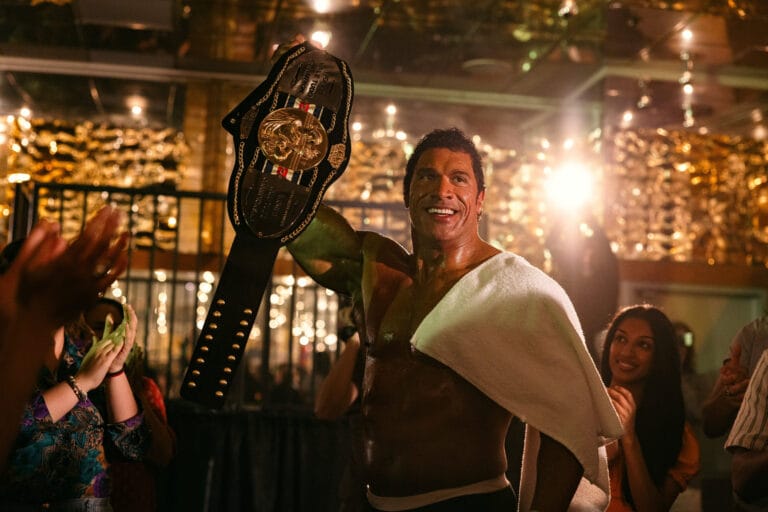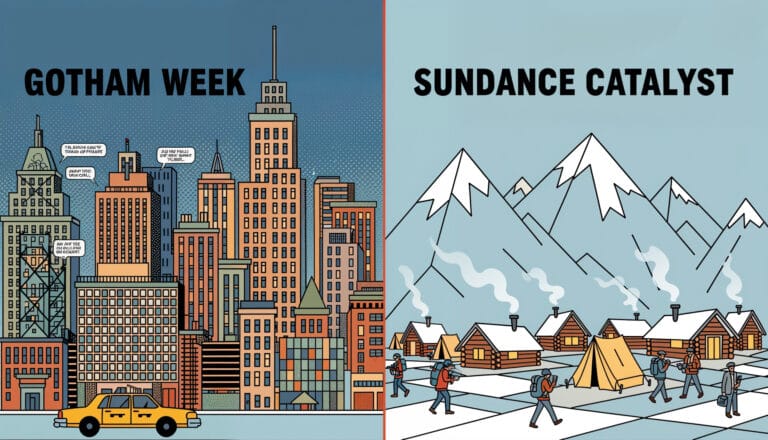- A Visionary’s Return: Luc Besson, the director behind classics like Léon and The Fifth Element, is tackling the iconic vampire’s legend, promising a unique visual and emotional take.
- Gothic Romance, Not Horror: The film, reportedly titled Dracula: A Love Tale, focuses on the tragic origin story of Prince Vladimir, signaling a shift from jump scares to deep-seated romanticism.
- Perfectly Cast: With Caleb Landry Jones as the dark prince and Christoph Waltz in a key role, the project boasts the powerhouse talent needed to bring a complex, emotionally driven version of the icon to life.
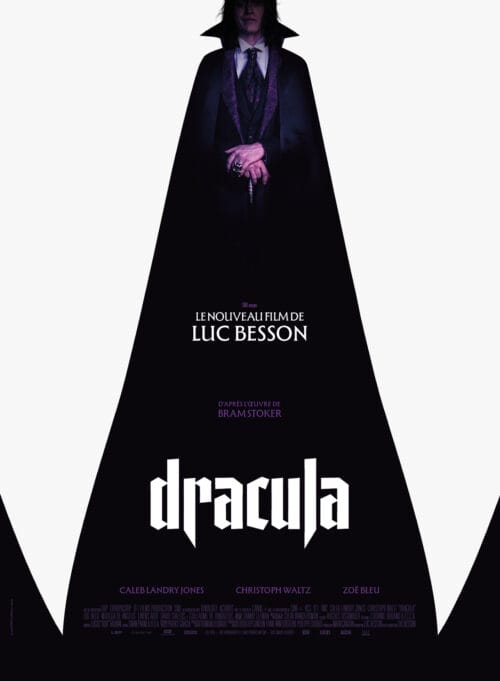
I still remember the feeling of sitting in a dark cinema as a kid, completely submerged in the vast, overwhelming blue of Luc Besson’s The Big Blue. It wasn’t just a movie; it was an experience, a mood that stayed with you for days. That film, along with the fierce energy of Nikita, the heartbreaking bond in Léon: The Professional, and the sheer, unadulterated creative explosion of The Fifth Element, shaped a part of my own journey as a creative. Besson has always been a director who paints with a different brush, blending European arthouse sensibilities with the scale of blockbusters. That’s why the news that he is helming a new adaptation of Bram Stoker’s most enduring creation isn’t just interesting—it feels like an event. The prospect of a Luc Besson Dracula film has me genuinely excited, because if anyone can breathe new, vibrant, and tragically romantic life into the Count, it’s him.
A Lifelong Fan’s Anticipation for a New Vision
My creative path, from sketching in notebooks to framing shots behind a camera, has always been fueled by directors who build entire worlds. Luc Besson is one of those architects. His films possess a distinct texture—a blend of innocence and grit, of operatic emotions set against meticulously designed backdrops. When you watch The Fifth Element, you’re not just seeing a sci-fi action movie; you’re stepping into a universe so fully realized, you can almost feel the grime of future New York or the sterile air of the Fhloston Paradise. This commitment to world-building, to creating a singular atmosphere, is precisely why his take on the most famous vampire in history feels so promising. He doesn’t just make movies; he crafts cinematic ecosystems.
This approach is what separates a good film from an unforgettable one. Think of the iconic Dracula adaptations of the past. Francis Ford Coppola’s 1992 masterpiece was an operatic, feverish dream, a visual symphony of practical effects and theatrical grandeur. The Hammer Horror films of the ’50s and ’60s gave us a seductive yet monstrous Count, defined by Christopher Lee’s intimidating presence. Each successful version brought a specific, authorial vision to the table. Besson’s filmography suggests he will do the same, filtering the gothic legend through his unique lens of stylized action, deep-seated romanticism, and a touch of the bizarre. This won’t be just another creature feature; it’s a chance to see a master world-builder reconstruct one of our most foundational myths.
For any filmmaker or creative, this is a powerful reminder of the importance of voice. In an age where so much content feels algorithmically generated to fit a mold, a project like the Luc Besson Dracula stands as a testament to singular vision. It encourages us to ask ourselves: what is our unique perspective? How can we take a familiar story—whether it’s a client brief or a personal project—and infuse it with a style that is undeniably our own? A practical way to start exploring this is through visual experimentation. Before ever writing a script, I often use tools to rapidly prototype a world’s aesthetic. My Midjourney Mastery Guide is built on this very idea: using AI to quickly find your film’s visual soul, much like Besson has done with his distinct aesthetic for decades.
What We Know So Far: The Cast and Concept
While the film is slated for a 2025 release, the details that have surfaced paint an obvious picture of its direction. The project is reportedly titled Dracula: A Love Tale, a name that immediately plants its flag firmly in the soil of gothic romance. The story is said to be an origin tale, focusing on the life of Prince Vladimir before he became the creature of the night and exploring his passionate, ultimately tragic love for his wife. This narrative choice moves the focus away from the horror of the monster and onto the humanity of the man, exploring the profound loss that could lead someone to forsake the sun forever. It’s a classic, heart-wrenching premise, and it’s perfect for a director who excels at exploring the beauty in broken things.
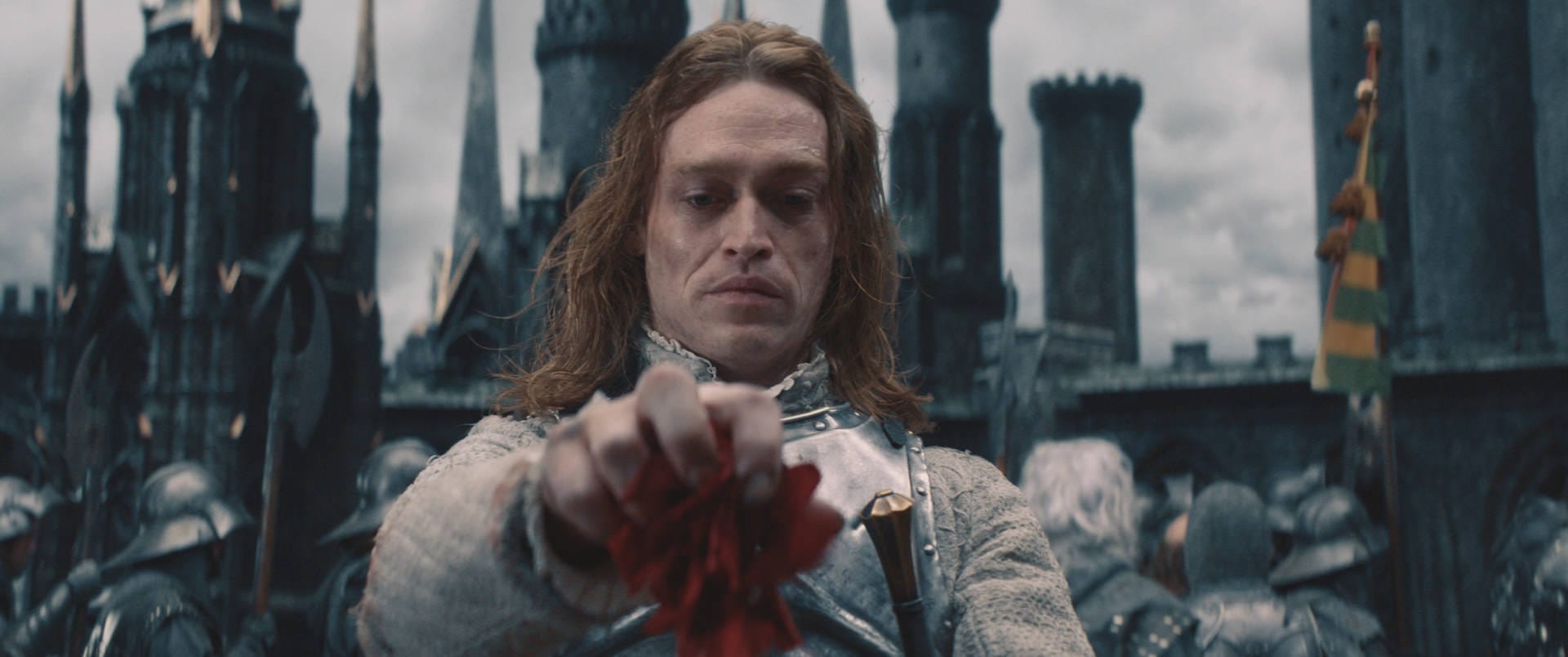
The casting choices further amplify this direction. Caleb Landry Jones, an actor known for his intense, transformative, and often eccentric performances in films like Nitram and Three Billboards Outside Ebbing, Missouri, is set to play Dracula. This is an inspired choice. Jones has a rare ability to convey both vulnerability and unnerving intensity, often in the same glance. He’s not a conventional leading man, and that’s precisely what this role needs to avoid becoming a caricature. He can embody the soulful, cursed prince. Joining him is the legendary Christoph Waltz, an actor who can command a scene with nothing more than a subtle shift in his smile. While his role is unconfirmed, his presence guarantees a level of gravitas and intellectual firepower that will elevate the entire production.
For creatives, this casting process offers a vital lesson in character development. The right actor doesn’t just play a role; they inhabit and redefine it. When we’re building characters for our own projects, whether on the page or through visual concepts, we should think with the same specificity. It’s not just about what they look like, but about their essence, their quirks, their inner contradictions. This is where AI can be an incredible co-pilot. I’ve spent countless hours using prompts to explore archetypes, and I’ve compiled some of my most effective techniques in this list of 10 Powerful Midjourney Prompts for Character Design. Considering an actor’s energy, such as that of Caleb Landry Jones, can be a great starting point for creating a character with genuine depth and unpredictability.
The Signature ‘Besson Touch’: More Than a Horror Movie
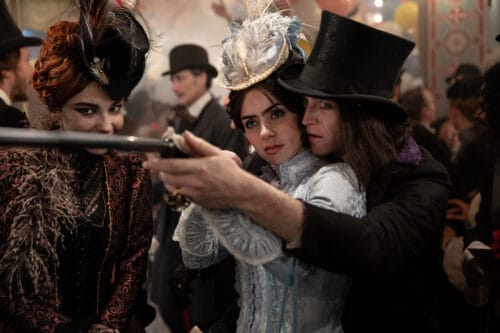
If you trace the DNA of Luc Besson’s filmography, the one consistent strand is a profound and often unconventional romanticism. It’s the quiet, protective love between a hitman and a child in Léon. It’s the operatic, galaxy-saving love between Korben and Leeloo in The Fifth Element. It’s even present in the raw, competitive, and deeply emotional bond between the divers in The Big Blue. His films pulsate with emotion, often prioritizing heart over logic, and that’s their strength. This is why the Luc Besson Dracula film is unlikely to be a straightforward horror. Instead, we should expect a gothic romantic drama that uses the vampire mythos as a canvas for a grand, tragic love story.
Visually, Besson is a master of spectacle with a distinctly European flair. He combines the kinetic energy of Hollywood action with the artful composition and color theory of French cinema. His worlds are vibrant, textured, and always memorable. Imagine the dark, brooding castles of Transylvania shot with the same visual panache as the multi-levelled cityscapes of The Fifth Element or the sun-drenched coasts of The Big Blue. The potential for breathtaking cinematography, lavish art direction, and transformative makeup is immense. This “French touch” also applies to his tone—a delicate balance of sincerity and a slight, almost whimsical detachment that keeps his films from becoming overly sentimental. It’s a style that could lend itself perfectly to the melodrama of a vampire’s eternal love.
This unique sensibility is a crucial takeaway for anyone working in visual media today. Genre is not a cage; it’s a playground. Besson’s work teaches us that you can blend action, romance, comedy, and drama into a single, cohesive vision. Today’s Filmmaking AI Workflows allow for an unprecedented level of genre-bending and experimentation at the conceptual stage. You can generate a dozen different tonal approaches for a single scene in a matter of hours. A practical tip is to adopt a hybrid approach. Don’t just make a “horror” scene or a “romance” scene. Ask yourself: what happens if you light a romantic confession like a horror film? What if you score a tense standoff with a beautiful opera aria? The most interesting work often lies at the intersection of established conventions.
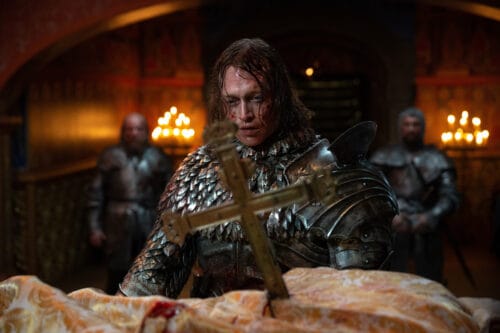
A Fresh Take on a Timeless Legend
We’ve seen Dracula as a monster, a seducer, a tragic anti-hero, and a warlord. So, what new ground is there left to cover? The potential for Luc Besson‘s newest movie lies in its ability to synthesize these elements into something tonally unique. Given his past work, I can imagine a film that has the epic, romantic sweep of Coppola’s version but is infused with moments of quirky, unexpected humanity, much like Jean-Pierre Jeunet’s (Amélie, Delicatessen). Picture a scene where the ancient Count is awkwardly trying to understand a modern custom, or a moment of quiet, melancholic beauty as he watches the world change from his castle window over centuries. It’s this blend of the grand and the intimate that could make his Dracula feel truly fresh.
The film’s success will hinge on its ability to convey the weight of Vladimir’s curse. The horror won’t come from fangs and bats, but from the unbearable loneliness of immortality and the eternal ache of a love lost. If Besson and Caleb Landry Jones can tap into that deep well of sorrow, the film will connect on a profoundly human level. This is the difference between a simple monster movie and a modern myth. It’s not about reinventing the character entirely, but about finding a new emotional truth within the established legend. We don’t need another jump-scare-laden horror; we need a story that reminds us why this character has fascinated us for over a century.
As we wait for 2025, now is the perfect time to revisit the work of a director who has never been afraid to follow his own eccentric muse. Watch The Fifth Element for its world-building. Watch Léon for its emotional depth. Watch The Big Blue for its atmospheric power. Each film is a piece of the puzzle, a clue to the kind of rich, visual, and deeply felt experience his Dracula might be. It’s a reminder that even the most familiar stories can feel brand new in the hands of a true visionary. I, for one, am ready to be submerged in his world once again.
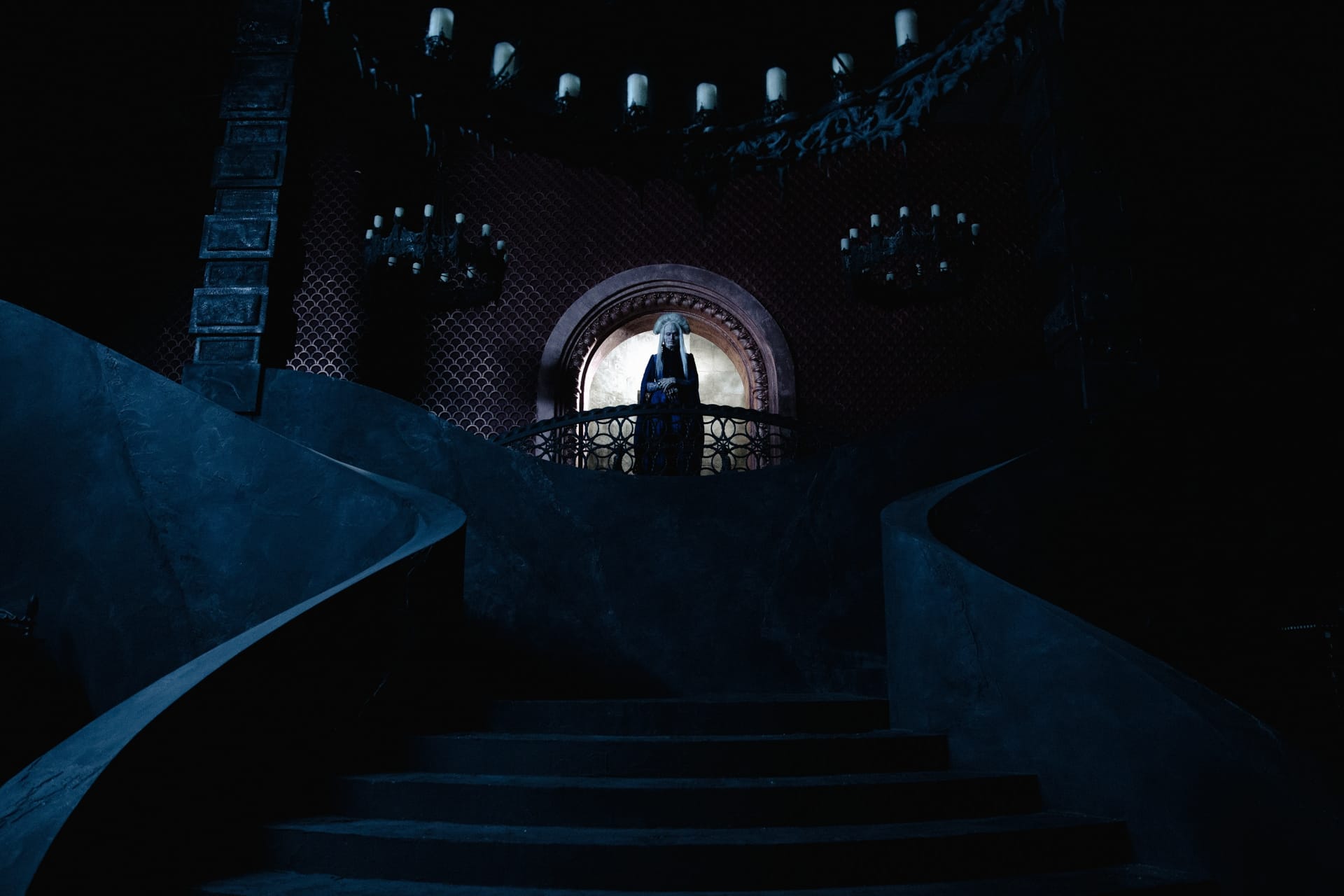
Internal Links for Further Learning
- DesignHero Shop: Premium AI tools and resources for professional creators.
- Hero’s Essentials: Gear & Tools: Explore the essential gear and tools for modern filmmakers and creatives.
- Midjourney Mastery: A Filmmaker’s Guide to Cinematic AI Art
- 10 Insanely Powerful Midjourney Prompts for Character Design
- Filmmaking AI Workflows: The Ultimate Tool for Creatives
Conclusion
The news of a Luc Besson Dracula film feels like more than just another reboot; it feels like a meeting of a master craftsman and a mythic piece of clay. Throughout his entire career, a balancing act between visual spectacle and raw emotion, it seems that he has been leading up to a project like this. It’s a chance to see a story we all know through the eyes of someone who has always seen the world differently. While we anticipate what he will create, the real lesson is in the act of creation itself—the courage to bring a unique voice to a timeless tale. If you’re looking to find and refine your own visual voice, I designed AI Render Pro to be a powerful companion on that journey, helping you translate the ideas in your head into stunning, cinematic images. What story are you waiting to tell?
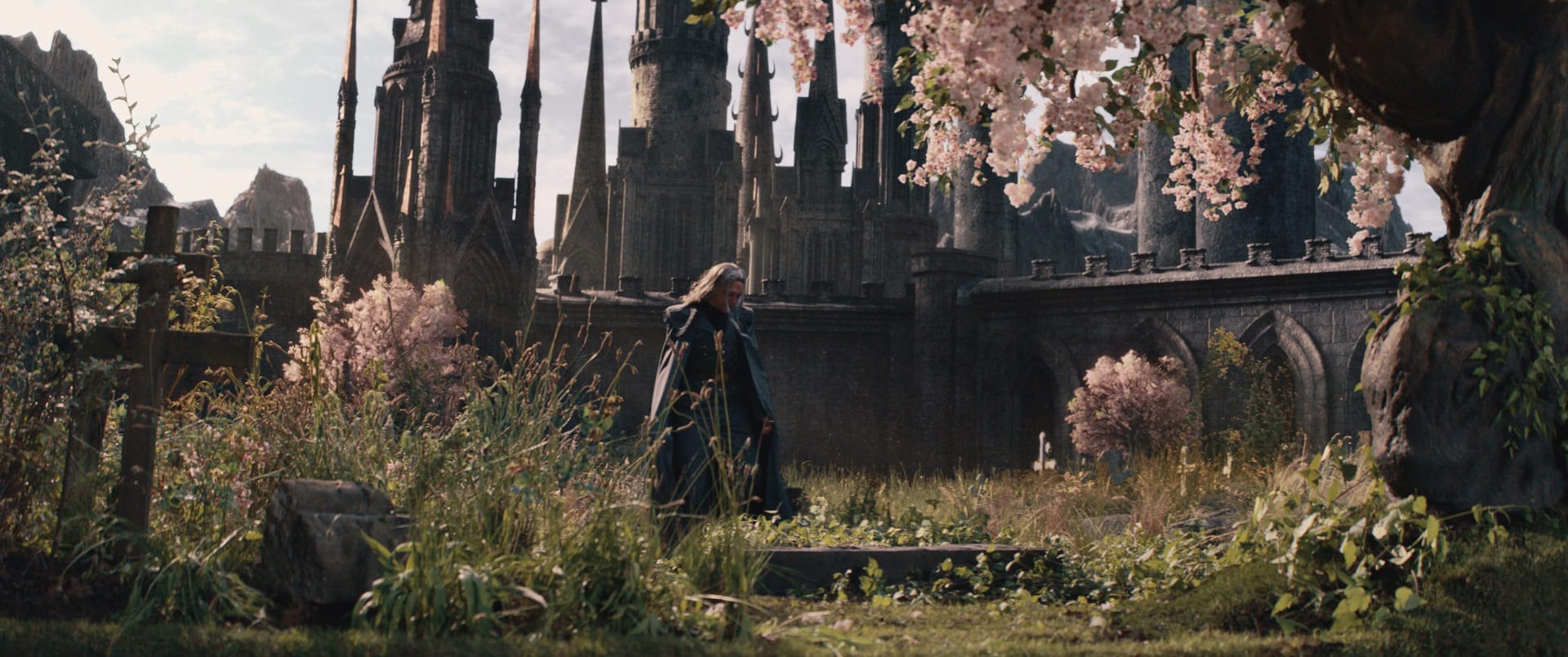
FAQ
Who is in the cast of the Luc Besson Dracula movie?
The film is set to star Caleb Landry Jones, known for his intense and transformative roles, as the iconic vampire. The acclaimed actor Christoph Waltz has also been cast in an undisclosed key role.
What is the new Dracula movie about?
Reportedly titled Dracula: A Love Tale, the film is an origin story focusing on the tragic romance between Prince Vladimir and his wife. It aims to explore the human drama and loss that led to his transformation into a vampire, positioning it as a gothic romance rather than a traditional horror film.
When is Luc Besson’s Dracula being released?
The film is currently planned for a theatrical release in 2025.
Disclaimer: All images and materials are used here strictly for editorial and commentary purposes. “Dracula” and all associated imagery, logos, and trademarks remain the property of their respective owners and production partners. This article is an independent editorial and is not affiliated with, endorsed by, or sponsored by Luc Besson, EuropaCorp, or any other rights holders. For press or image inquiries, contact press@designhero.tv.
Discover more from Olivier Hero Dressen Blog: Filmmaking & Creative Tech
Subscribe to get the latest posts sent to your email.

